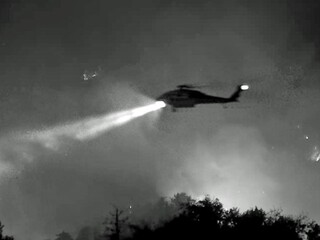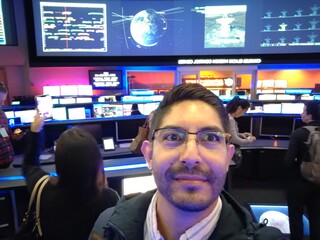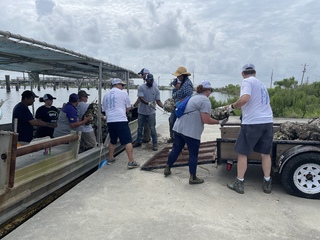Earth Science Stories | February 9, 2022
NASA/JPL satellite captures CO2 data from Tonga volcano
This past month, an undersea volcano erupted near the South Pacific island of Tonga. Although it is an isolated, far-away spot, many satellites and other sensors caught the eruption of the volcano and its aftermath.
Among these satellites was the Orbiting Carbon Observatory-2 (OCO-2), developed and managed by NASA’s Jet Propulsion Laboratory. It measures the levels of carbon dioxide in the atmosphere.
The eruption occurred at the Hunga Tonga-Hunga Ha’apai volcano on January 15th. One day later, the OCO-2 satellite passed over the area, but clouds prevented the capture of any information. When OCO-2 revisited the area again on both January 17th and 18th, the skies were finally clear.
“It’s fortunate that we were able to get measurements and observe the volcano aftermath,” says Abhishek Chatterjee, JPL’s deputy project scientist for OCO-2. “Volcanoes emit carbon dioxide, though the magnitude is usually not that large. But this volcano near Tonga was just so intense. It will be interesting once we fully process the data to see how pronounced the carbon dioxide emissions were.”
On the other hand, given that the volcano was underwater, at least some of the carbon dioxide emissions were smothered by the ocean, and never reached the atmosphere. “It can make it hard for the signal to burst through the water where we can see it,” Abhishek explains.
Vivienne Payne, who is JPL’s project scientist for OCO-2, says there are all sorts of interesting angles to look into with volcanoes. For example, there’s some evidence that volcanoes release carbon dioxide prior to their eruption, not just during the eruption. If prior releases could be measured, it could provide an early warning signal. “We’ve tried to poke at that, but we haven’t been able to detect it yet using OCO-2 data,” says Vivienne. That is often the nature of science research at JPL – you generally don’t leap to new discoveries in a flash. Instead, you must carefully analyze the data from satellites and other sources, try different approaches, and slowly uncover Earth’s mysteries in the process.
This is not the first time JPL has gathered data from Tonga and the surrounding isolated South Pacific islands during natural disasters. Back in the spring of 2020, a major cyclone hit the region just as the COVID-19 pandemic was starting. Read more here about how JPL’s ARIA program supported rescue workers responding to that disaster.






